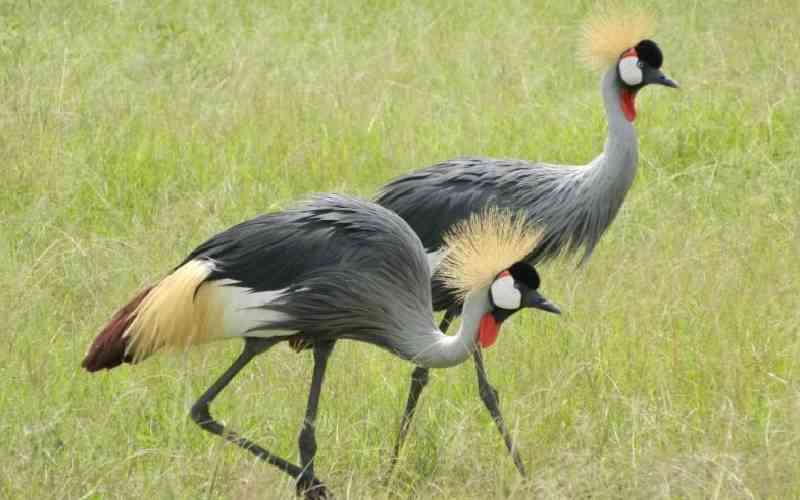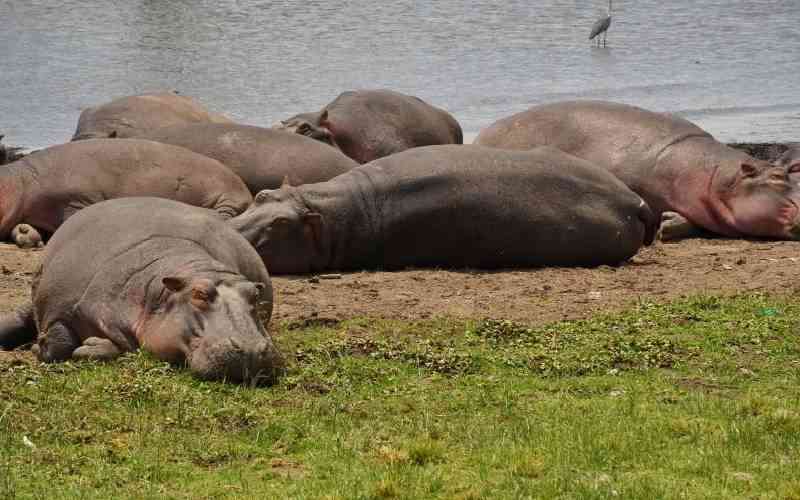
Once a familiar sight across many landscapes, the majestic grey crowned crane is now facing an increasingly uncertain future.
The large-scale wheat and maize farms, which once supported crane populations, have been disappearing due to land subdivision and the planting of crops that do not favour the birds.
This has led to the gradual decline of crane numbers across several grasslands and wetlands where they once thrived in abundance.
The grey crowned crane has been listed as endangered since 2012 due to mounting threats. Population decline has been recorded in key areas such as Lake Victoria, Busia grasslands, King’wal swamp, and Saiwa wetlands—regions that once hosted the birds in large numbers.
Other areas, including the Rift Valley, Lakes Elementaita, Nakuru, Naivasha, and parts of Meru and Nairobi National Park, have also seen significant drops in crane populations.
Additionally, declines have been observed in Lake Ol Bolossat, the Kinangop grasslands, conservancies in Laikipia, and sewerage treatment ponds in Dandora.
The latest statistics from the 2023 national census of grey crowned cranes show that the country now hosts 8,314 birds, a slight increase from the 7,776 birds recorded in the 2019 census.
Uasin Gishu County has the highest crane population, with over 2,200 birds, accounting for 26 per cent of the total population.
Nyandarua, Trans Nzoia, Laikipia, Kiambu, Nakuru, and Kisumu counties also rank among those with the highest numbers of cranes.
Although crane populations across the country are considered stable, experts are increasingly concerned about the rising threats to their survival.
A growing concern outlined in the recently released 10-year conservation action plan is the impact of captive facilities.
Due to their charisma and beauty, grey crowned cranes are often captured for display in both licensed and unlicensed facilities, which puts further pressure on wild populations.
The collection of eggs and chicks disrupts breeding success and contributes to declining numbers in major nesting sites.
Poisoning and collisions with power lines also continue to threaten the species.
In light of these challenges, stakeholders are working to reverse the population decline.
Plans, include mapping the birds’ nesting and feeding grounds, restoring degraded wetlands, and working with power utility companies to redesign power lines to prevent electrocution.
The key goal is to protect and secure the grey crowned crane’s habitats before it’s too late.
 The Standard Group Plc is a multi-media organization with investments in media
platforms spanning newspaper print
operations, television, radio broadcasting, digital and online services. The
Standard Group is recognized as a
leading multi-media house in Kenya with a key influence in matters of national
and international interest.
The Standard Group Plc is a multi-media organization with investments in media
platforms spanning newspaper print
operations, television, radio broadcasting, digital and online services. The
Standard Group is recognized as a
leading multi-media house in Kenya with a key influence in matters of national
and international interest.











